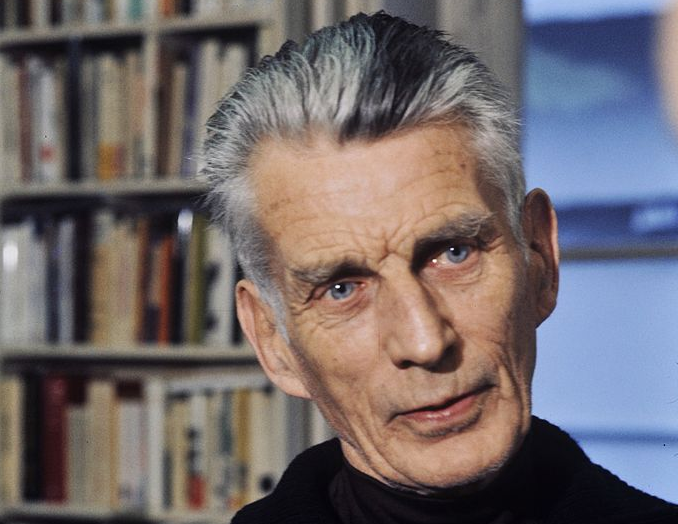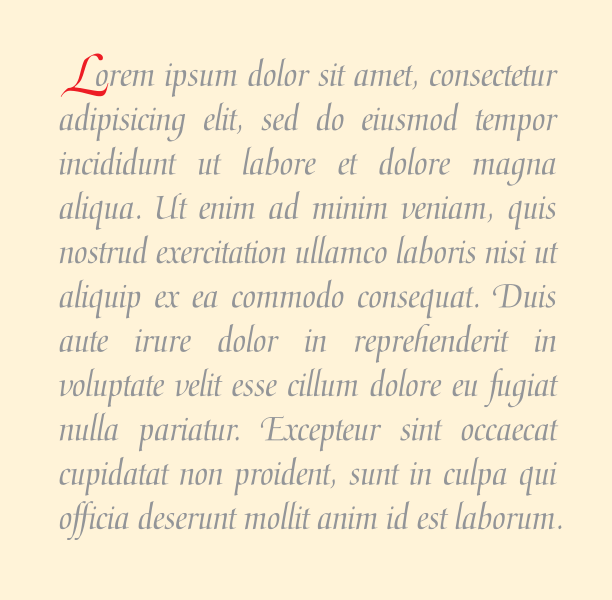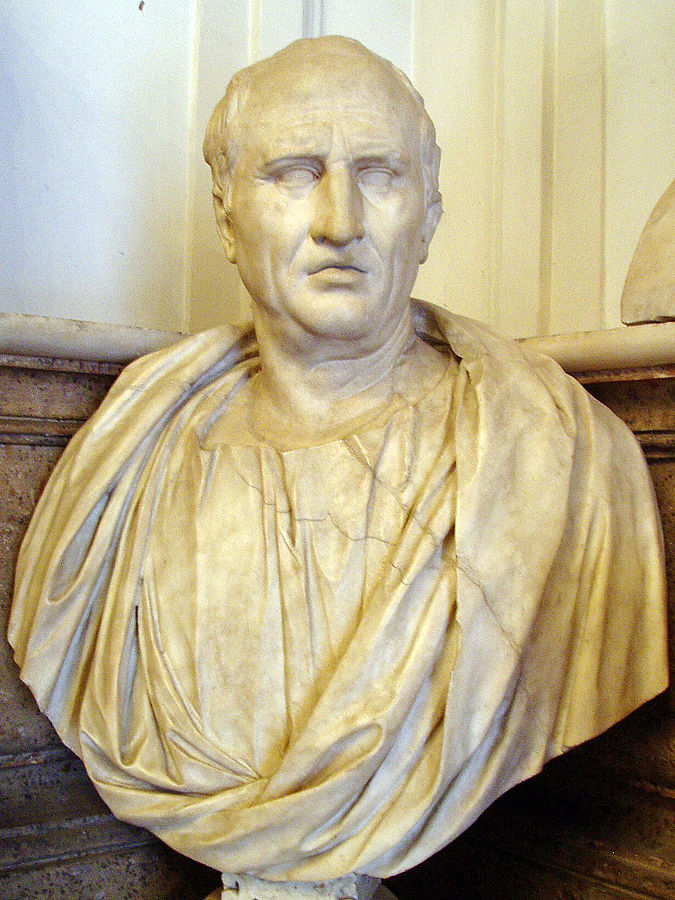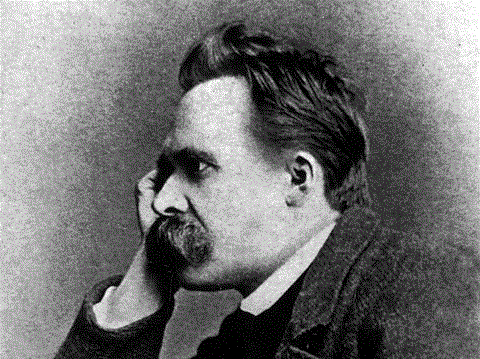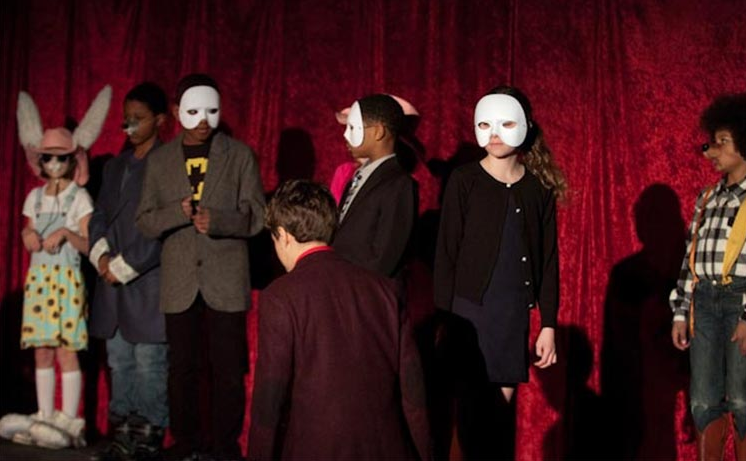As Samuel Beckett’s writing progressed through the ’60s, it became even more minimal, despairing, and bleak. It was as if he was paring away as much as he could to see if theater was left standing. If a painting could be one color like Ad Reinhardt, what would be the Reinhardt of theater? Jonathan Crow mentioned yesterday how Beckett’s 1969 play Breath, for instance, “runs just a minute long and features just the sound of breathing.” There is a bit more to it than that. Not a lot more, but yes, more. Here’s the play’s script in full:
Curtain.
1. Faint light on stage littered with miscellaneous rubbish. Hold for about five seconds.
2. Faint brief cry and immediately inspiration and slow increase of light together reaching maximum together in about ten seconds. Silence and hold about five seconds.
3. Expiration and slow decrease of light together reaching minimum together (light as in I) in about ten seconds and immediately cry as before. Silence and hold for about five seconds.
Beckett adds some notes:
Rubbish. No verticals, all scattered and lying.
Cry. Instant of recorded vagitus. Important that two cries be identical, switching on and off strictly synchronized light and breath.
Breath. Amplified recording.
Maximum light. Not bright. If 0 = dark and 10 = bright, light should move from about 3 to 6 and back.
The play came about when one of the most important English theater critics of his time Kenneth Tynan asked for short skits for an erotic revue he was putting on in 1969, called Oh! Calcutta. Others invitees included Jules Feiffer, John Lennon, Edna O’Brien, Jacques Levy, Sam Shepard, and Leonard Melfi. The plan was to perform each skit but keep each writer’s name a secret. Beckett reportedly wrote the play on a postcard and sent it to Tynan, then became enraged when he heard that instead of rubbish on stage, Tynan had used naked bodies *and* in fact had explicitly credited Beckett in the program. Breath wouldn’t get a proper staging until 1999 in London’s West End, as part of an evening with Beckett’s more substantial Krapp’s Last Tape. You can read reports of how the audience reacted.
Several directors have brought Breath to life. Artist Damien Hirst had a go for the 2002 Beckett on Film project. As seen above, his version has very spectacular rubbish gathered from a hospital and, glimpsed in the final seconds, a cigarette butt swastika.
Below, check out a more “traditional” interpretation of the play from the National Theatre School of Canada’s Tech Production class. After that comes a repeat of Hirst’s version, and then one more alternative, Darren Smyth’s 2009 TV static-filled attempt. (The rest of the video is a mixed bag of the Alan Parsons Project and a Tim Burton short, don’t ask why.)
Despite Beckett’s morose reputation, there’s always a black humor underneath it all. And if you’re going to ask the man to write an “erotic skit,” this is what you get, the futility of life from womb to tomb in a minute.
Finally, you can watch an informative mini lecture on the play, presented by Dr. Catherine Brown for the New College of the Humanities.
Related Content:
Watch the Opening Credits of an Imaginary 70s Cop Show Starring Samuel Beckett
Samuel Beckett Directs His Absurdist Play Waiting for Godot (1985)
Monsterpiece Theater Presents Waiting for Elmo, Calls BS on Samuel Beckett
Ted Mills is a freelance writer on the arts who currently hosts the FunkZone Podcast. You can also follow him on Twitter at @tedmills and/or watch his films here.
